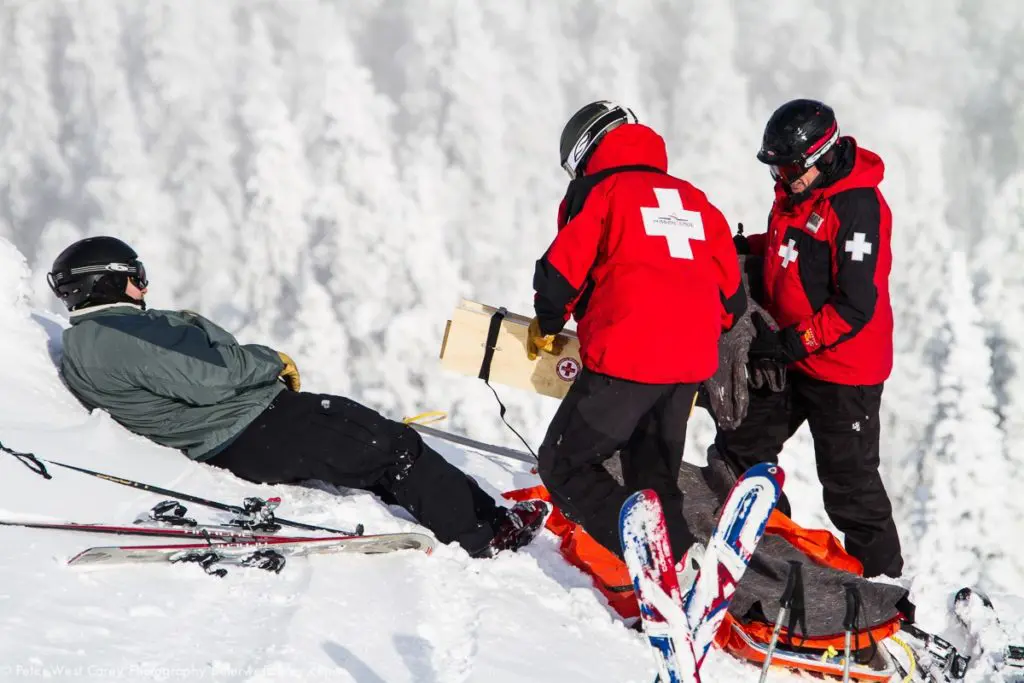Search Post
Categories
Recent Posts
- Two Michigan Hospitals Get Failing Grades for Patient Safety
- Alexis Andrews Sworn In as a Michigan Attorney
- Giroux Pappas Named to Best Law Firms® List for 2025
- Giroux Pappas a Repeat Finalist for BBB Torch Award
- Bob Giroux Recognized as a “Go To Lawyer” for Negligence Law by Michigan Lawyers Weekly
- Brighton Pastor Hidden Camera Case: Justice for Victims
- Giroux Pappas Supports WXYZ’s “Give a Child a Book” Campaign By Matching Donations
- Michigan Supreme Court Protects Condo Owners’ Rights: Condo Associations Now Accountable for Injuries on Common Property
- Doctor Arrested in Shocking Sexual Abuse Case in Rochester Hills
- Giroux Pappas Honored in 2025 Best Lawyers in America®
- Two Kids One Adult Injured in Ann Arbor Car Accident
- What Are the Most Common Types of Medical Negligence in a Hospital in Michigan?
- Man Has Serious Injuries After Accident with Truck
- Multiple People Killed In Michigan Motorcycle Accidents
- Are Traffic Laws Tougher in Road Work Zones?
- Tragic Wrong-Way Car Crash on I-94 Claims Two
- Oxford Township Man Tragically Killed, Grandson Injured in Motorcycle Crash
- Top FAQs on Michigan Motorcycle Accidents You Must Know
- Semi-Truck Accident on I-96: Know Your Legal Rights Today
- Academy Of Warren’s Jason Gitler Honored As Exceptional Educator
Snowboarding and Skiing Accident Tips
Know your limits before you hit the slopes

While skiing and snowboarding safety tips might not prevent every accident imaginable, adhering to them may reduce the likelihood of you being held partially responsible for an accident out on the ski hill. Protecting yourself and others while skiing is part of the Responsibility Code created by the National Ski Areas Association (NSAA). In addition to this code of conduct, here are a few tips that can help you keep safe.
Take Lessons
You may be a beast on a skateboard or surfboard, but snowboarding is a lot different. The same goes for skiing. There’s certainly nothing wrong with trying out a few small slopes to see if you like the sport, but consider taking lessons from a certified trainer. If this is not an option, take lessons from someone else who knows the area well and has years of experience. This person should teach you the proper techniques and how to stay safe on the slopes.
Bring Friends
No matter how experienced a snowboarder or skiier you are, tackling the snowy mountains alone is a bad idea. Not only should you bring at least one partner, but you should try to stick together. If one person suffers an injury, the other can leave to get help in time, before the other person suffers hypothermia or death.
Take Note of Your Surroundings
When you arrive at the slopes, take a good look at your surroundings. Some skiers and snowboarders take drones that allow them to properly scan the area while taking amazing nature shots. You don’t need to resort to using expensive equipment, but you should pay close attention to the area. Continue this trend when tackling the slopes. Look out for potential obstacles, such as sharp drop offs, rocks, trees and even wildlife.
Dress Warm
When snowboarding and skiing, the elements present the greatest risk to you and your partner. No matter how careful you are, there could be an unexpected storm or an avalanche. Dress warm so that if your snowy adventure lasts longer than expected, you are protected from the elements and can potentially make it through an evening or night. Dressing warm also ensures you are comfortable and that your body maintains a good temperature while you’re having fun.
Wear Well-Fitting Gear
A significant portion of skiing and snowboarding accidents lead to head injuries, so wearing a helmet is crucial. Considering how cold it can get on those snowy peaks, covering the head will also provide some warmth. Note that you need a helmet specifically designed for skiing or snowboarding. Here is some additional gear you should consider:
- Fitted boots and bindings
- Wrist guards for snowboarders
- Elbow and knee pads
- Goggles
Hydrate Before Heading Out
When you’re out on the slopes, it might occur to you that you are completely surrounded by frozen water. Even so, cold air can dry out your skin and sweating beneath your warm clothes can further dehydrate you. Your body also requires more water at high altitudes or you could suffer from disorientation and general malaise. Drink plenty of water before heading out and bring as much with you as you safely can. Try to use an appropriate bottle that safeguards against freezing.
Warm Up the Body
When you push your body in cold weather, you have a higher risk of injury. This stems from the muscles tightening up in the cold. To get around this, complete warm-up exercises. These are some common options:
- Squats
- Lunges
- Pushups
- Hollow hold
- Burpee
- Planking
Whether you are a seasoned cold-weather athlete or a beginner, safety tips are crucial to ensuring you continue to enjoy sports for the foreseeable future. Know your limits before you hit the slopes. Confirm them upon arrival and then stick to them.
Our team of experienced personal injury attorneys takes pride in treating every client like a member of their own family because we understand that when your loved one is suffering they need a strong voice to help navigate them through the legal process and we won’t stop until we get the right result for you. If you need to speak with an attorney about your case do not hesitate to contact us, we are here to answer any questions you may have. The consultation is free.
